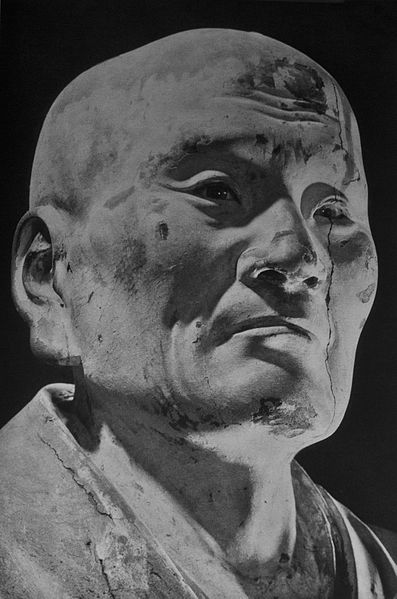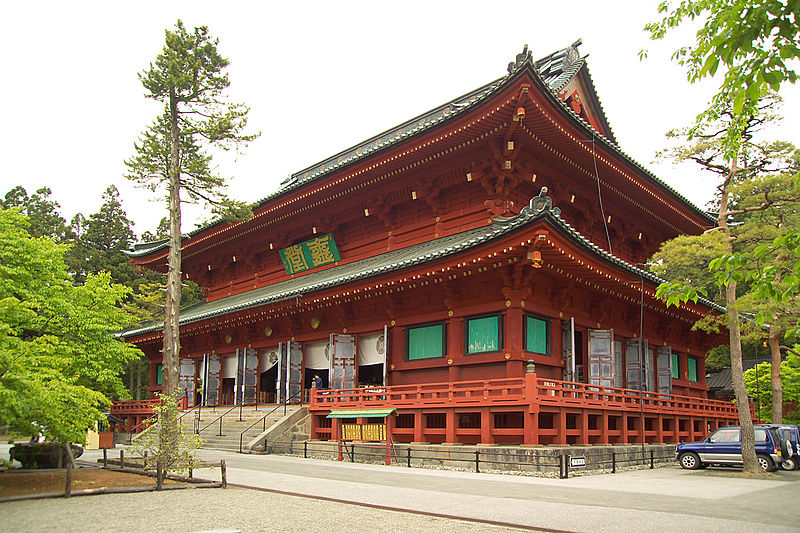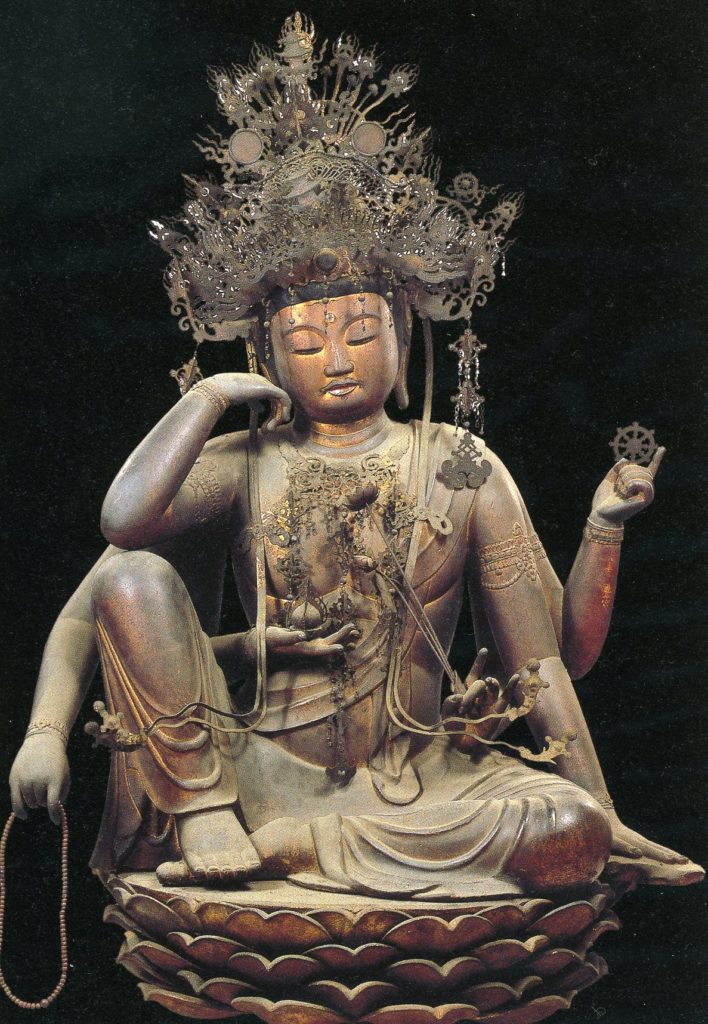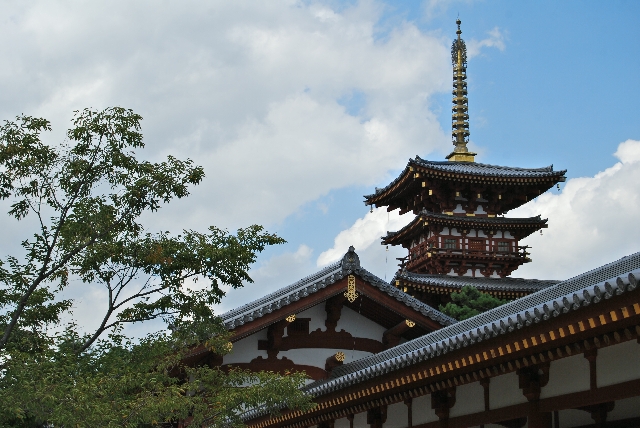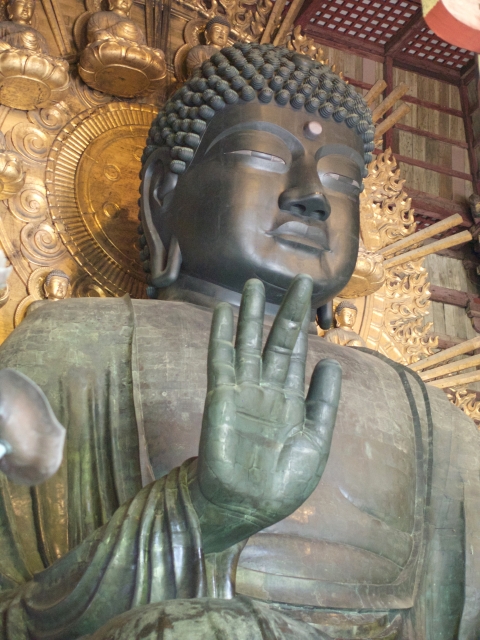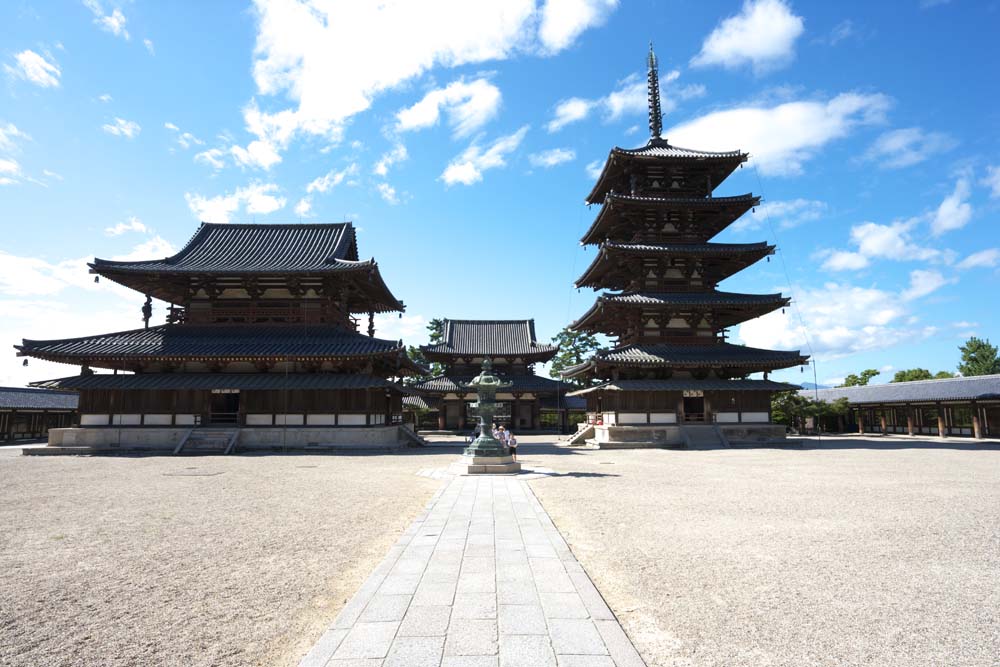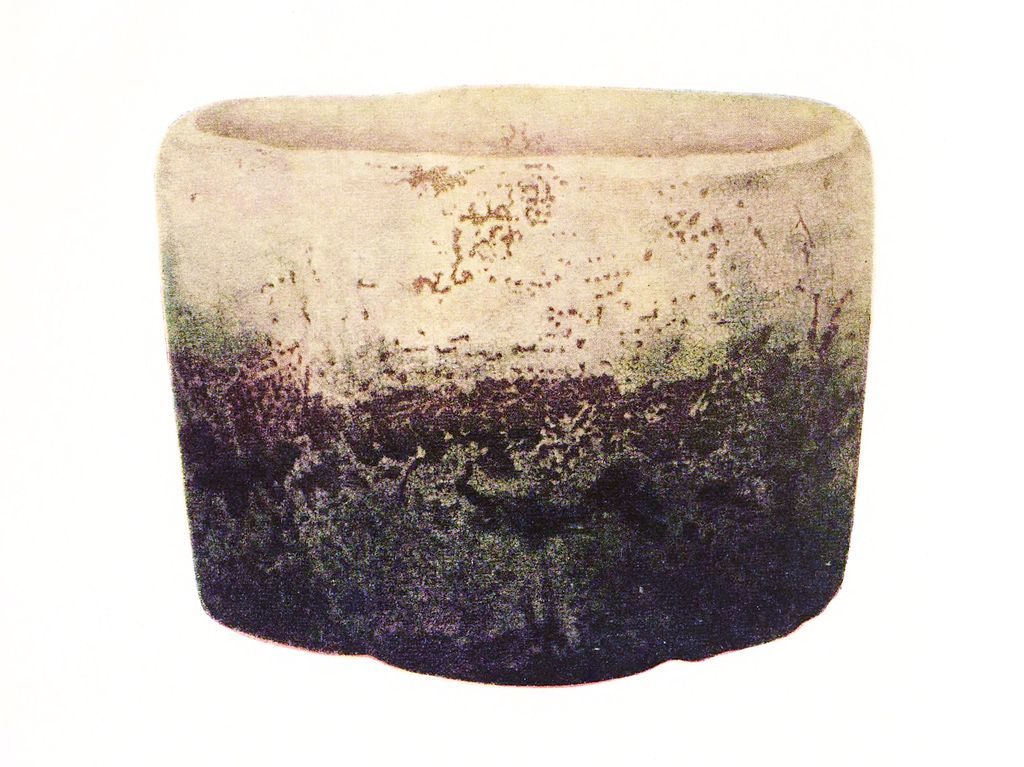Japanese Kamakura scultupure, Spring Lecture of Mary Griggs Burke Center
SPRING LECTURE SERIES: INVENTION AND REVIVAL: THE KEI SCHOOL AND KAMAKURA SCULPTURE, at the Mary Griggs Burke Center for Japanese Art <figure> <a data-elementor-open-lightbox=”default” href=”https://www.masterpiece-of-japanese-culture.com/wp-content/uploads/2020/02/397px-Kofukuji_Hokuendo_Muchaku_Unkei_detail.jpg”> <img width=”397″ height=”599″ src=”https://www.masterpiece-of-japanese-culture.com/wp-content/uploads/2020/02/397px-Kofukuji_Hokuendo_Muchaku_Unkei_detail.jpg” alt=”” srcset=”https://i0.wp.com/www.masterpiece-of-japanese-culture.com/wp-content/uploads/2020/02/397px-Kofukuji_Hokuendo_Muchaku_Unkei_detail.jpg?w=397&ssl=1 397w, https://i0.wp.com/www.masterpiece-of-japanese-culture.com/wp-content/uploads/2020/02/397px-Kofukuji_Hokuendo_Muchaku_Unkei_detail.jpg?resize=199%2C300&ssl=1 199w, https://i0.wp.com/www.masterpiece-of-japanese-culture.com/wp-content/uploads/2020/02/397px-Kofukuji_Hokuendo_Muchaku_Unkei_detail.jpg?resize=99%2C150&ssl=1 99w” sizes=”(max-width: 397px) 100vw, 397px” /> </a> <figcaption>Mujaku bosatsu (Asanga), by Unkei, National Treasure; Kamakura period, ca. 1212. Kōfukuji, Nara.</figcaption> […]
Japanese Kamakura scultupure, Spring Lecture of Mary Griggs Burke Center Read More »

